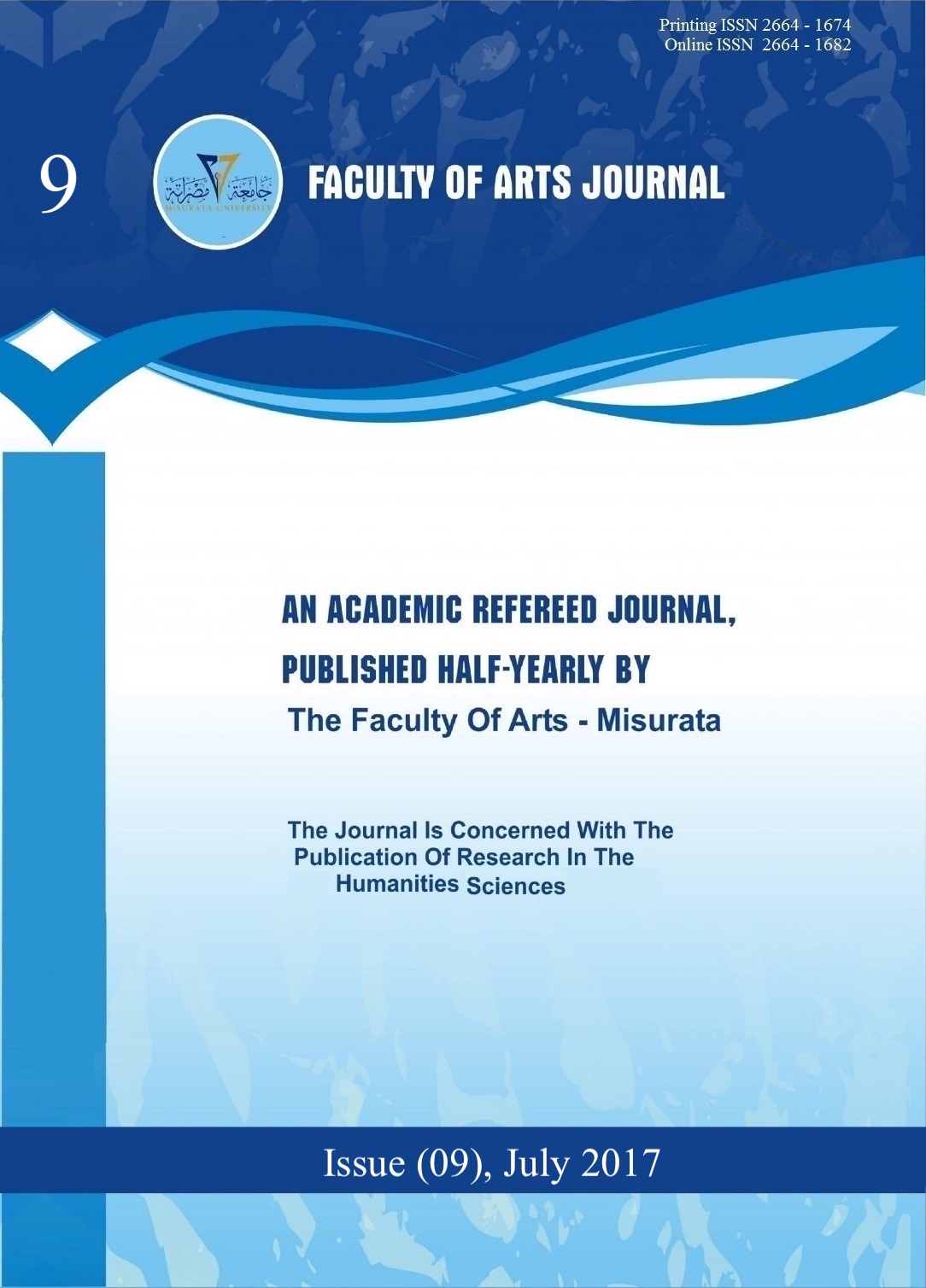The Source in the Italian Language
DOI:
https://doi.org/10.36602/faj.2017.n09.10Keywords:
Italian language, Infinitive, Modal verbs, Main verbsAbstract
This research paper explores the various syntactic positions in which the Italian infinitive can occur. The infinitive appears directly after modal verbs (verbi servili), or following certain main verbs such as piacere, as in mi piace cantare. It may also occur indirectly after other main verbs followed by specific prepositions—particularly a and di—which function as infinitive markers, as in non abbiamo ancora finito di fare i nostri compiti. Additionally, the infinitive is used in specific speech modes, such as the imperative form for the second person singular, and it appears in implicit subordinate clauses (subordinate implicite) that serve various roles within complex sentence structures, such as avevo paura di parlare con gli stranieri. The study aims to highlight the versatility of the Italian infinitive and provide practical insights for native Arabic speakers learning Italian.
Downloads
Published
How to Cite
Issue
Section
License
Copyright (c) 2017 عمر عويلم

This work is licensed under a Creative Commons Attribution 4.0 International License.
All works published in this journal are licensed under the Creative Commons Attribution 4.0 International License (CC BY 4.0), which permits use, sharing, adaptation, and redistribution for any purpose, including commercial ones, provided that proper credit is given to the original author and source, a link to the license is provided, and any changes made are indicated.

















